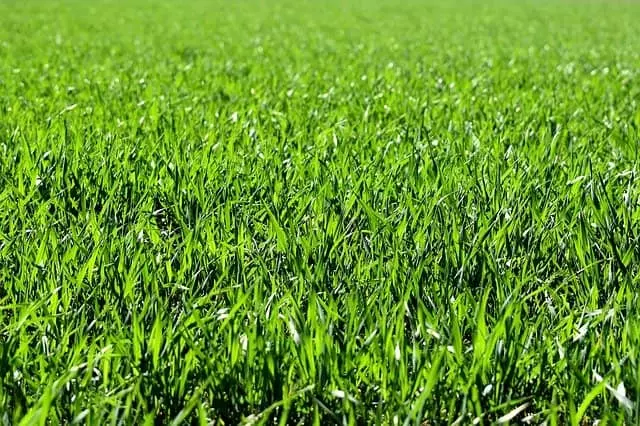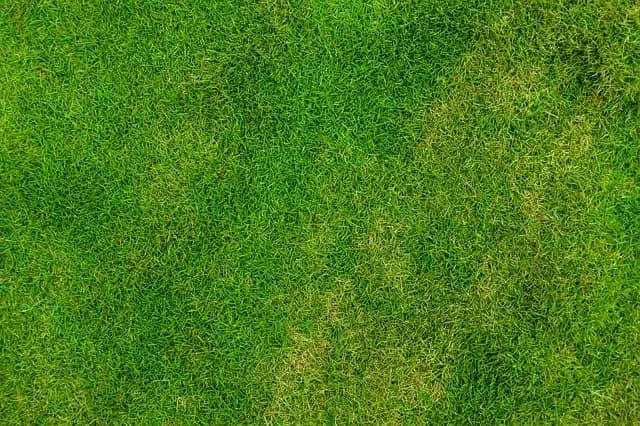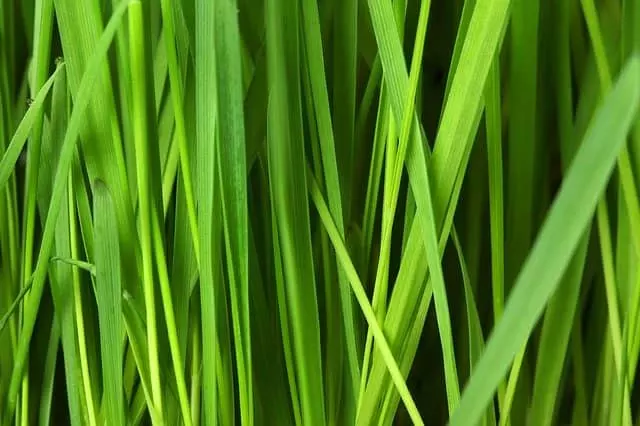Hard soil is a great inconvenience for the seeding, growth, and maintenance of the grass, but in this article, we give the keys to face and solve this problem. Learn all about how to plant grass seed on hard dirt.
Hard soil is a major problem that makes it very difficult to sow, reseed or even plant grass since the roots of the grass cannot penetrate the soil to begin to develop.
Cannot attempt to plant grass in compacted or hard soil without first conditioning it in one of the ways discussed below.
Table of Contents
Grass and Hard Soil
First of all, it is not possible to sow grass in hard soil -without working it- because the seeds will remain on the surface and will not be able to germinate, and those that do will find it very difficult to develop.
Secondly, these hardened soils hardly absorb rain or irrigation water, so once the grass is established, it would be very difficult to maintain it. When it rains, puddles would form and the grass would die, leaving a bald spot.
Thirdly, for the grass to grow healthy and look good, the soil must be aerated and fertile (rich in organic matter), so that the soil life will provide nutrients to the grass.

How to Plant Grass Seed on Hard Dirt
Grass seed needs to be sown in soft soil so that it can germinate and the grassroots can penetrate quickly through the soil.
How to Plant Grass Seed on Hard Dirt – Tilling
This is the only way to break up the hardness of the soil, and consists of digging it – with hand or power tools – thoroughly and at least 10″ to 12″ (25 to 30 cm) deep, or as deep as you can if you use machinery.
Generally, hard soils are so because of one or both of these two things:
➊ Their composition is dominated by fine-grained or very fine-grained materials, such as clays, which tend to become very hard when dry.
➋ They have been compacted because they were trodden on or have been unworked for a long time.
If the area where you want to plant the grass is not very large, you can dig it by hand with a hoe or pickaxe, and once the soil has been moved, you have to break up the clods, so that it is well crumbled.
In larger areas, a tractor -or power tiller- should be used with a deep plow, and then a tiller should be used to break up the soil.
Once the soil has been loosened, it can be sown, although if the soil tends to compact, it would be advisable to improve its properties, mainly its texture, as we will see below.
For soil tillage, we recommend this tool which we have used in a friend’s garden who had problems with hard soil (Order here).
- [Powerful Performance]: Equipped with a robust 12-amp motor, it slices through soil at 340 RPM for optimal aeration and seedbed preparation, making gardening effortless.
- [Wide Coverage]: Cultivate a significant area of 16 inches in width and up to 8 inches deep in seconds, ensuring thorough soil preparation for planting and weeding.
- [Durability Redefined]: Features 6 durable, steel angled tines for unmatched performance and rust resistance, designed to withstand rigorous use in any garden or yard.

Soil Texture Modification
As already mentioned, once the soil has been tilled, the grass can be sown, but the idea is to take advantage of this to improve its properties so that it does not harden again or does so much less.
In the case of soils with good texture, which had simply been compacted by use, it would not be necessary to make any improvement.
One way to reduce the tendency of soil to harden is to add coarse or porous material to it, such as sand or organic matter.
A good amount per square feet (meter) should be added and thoroughly mixed with the soil, so that the fine particles, which tend to clump together, mix with the coarse or porous particles and form voids that will fill with air, which is beneficial for soil life and for keeping the soil loose.
We hope this guide on how to plant grass seed on hard dirt soil will be useful. We invite you to see our articles about
When to Plant Grass Seed in Spring
How to Dispose Grass Clippings


